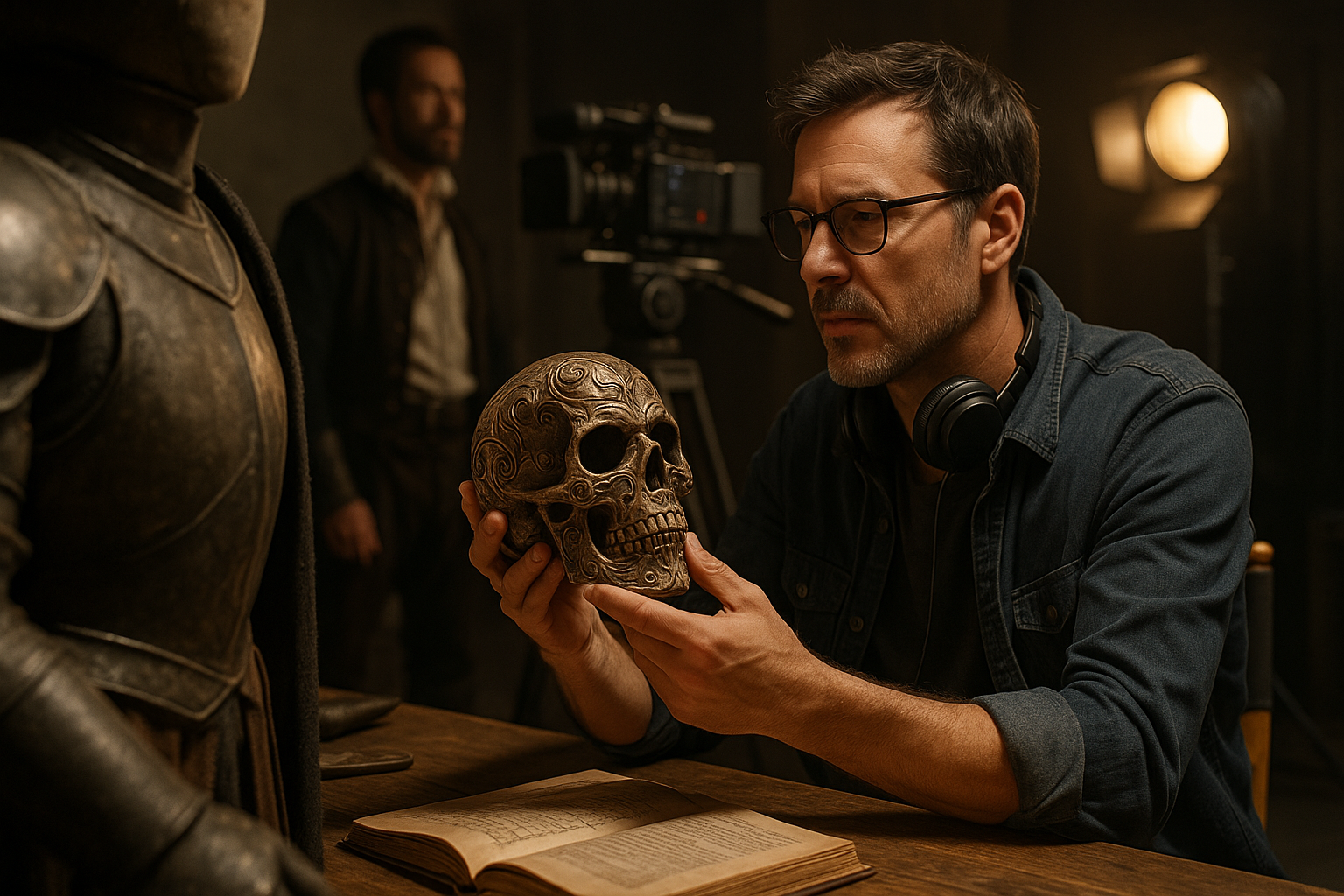Unraveling the Unseen Influence of Prop Design in Cinema
Introduction: Prop design, the unsung hero of cinema, has an indelible impact on storytelling and character development, subtly shaping the visual language of a film. This article delves into the world of prop design, tracing its evolution and unpacking its influence in contemporary cinema.

The Genesis of Prop Design
The art of prop design has been an integral part of the cinematic landscape since the dawn of the motion picture industry. In the early 20th century, props were simple and utilitarian, serving mainly to support the narrative. As cinema evolved, so did prop design, transforming from mere set decorations to essential storytelling tools. Props began to take on symbolic meanings, creating a deeper layer of narrative that transcended dialogue and action.
Prop Design Today
In contemporary cinema, prop design has grown into a sophisticated art form. Today’s prop masters work closely with directors and production designers to create items that not only fit into the visual aesthetic of the film but also contribute to the narrative and character development. Props are now used to provide subtle clues about a character’s personality, background, or emotional state, adding richness and depth to the storytelling.
The Influence and Impact
The impact of prop design on cinema is both profound and subtle. On one hand, it contributes to the film’s visual palette, helping to create a specific mood or atmosphere. On the other hand, it plays a crucial role in storytelling, providing visual cues that can foreshadow events, reveal character traits, or symbolize thematic elements. Iconic props like the ruby slippers in “The Wizard of Oz,” the sled in “Citizen Kane,” or the lightsaber in “Star Wars” have transcended their films to become cultural symbols, demonstrating the profound influence of prop design.
Prop Design in Recent Blockbusters
In recent years, prop design has taken center stage in several major films. In “The Shape of Water,” for instance, the intricate design of the creature’s costume played a vital role in conveying its humanity and eliciting empathy from the audience. Similarly, in “Mad Max: Fury Road,” the design of the war rig and other vehicles were integral to the film’s dystopian aesthetic and narrative.
Looking Forward
As we look toward the future of cinema, it’s clear that prop design will continue to play a crucial role. With the ongoing advancements in technology and the increasing emphasis on visual storytelling, the art of prop design is poised for exciting new developments. As viewers, we can look forward to more innovative and impactful props that will enrich our cinematic experiences.
In conclusion, prop design, while often overlooked, is a vital element in the art of filmmaking. Its influence on storytelling and character development is profound, shaping our understanding and interpretation of the film. As we appreciate the magic of cinema, let us also acknowledge the unseen artistry of prop design, the silent narrator of every cinematic tale.




